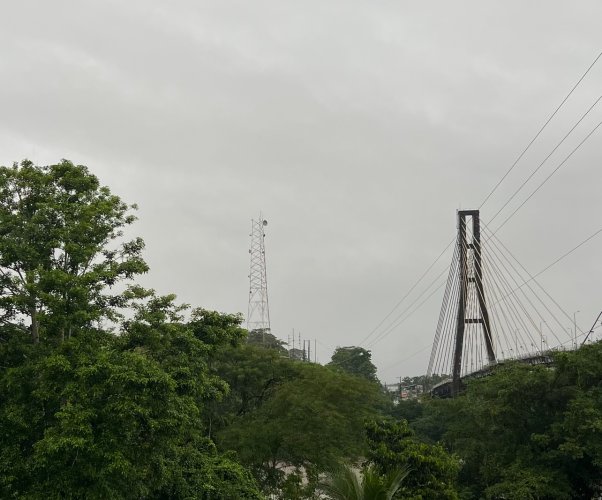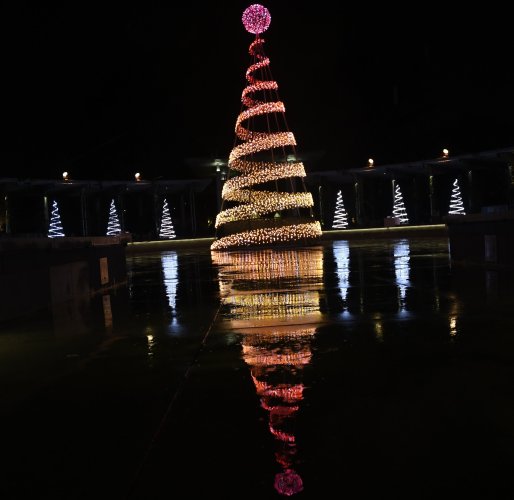viper699
New member
I normally shoot in bright daylight.
Out in the rainforest - and we will have rain all week, unsure how hard it will rain.
Under the canopy it will be darker of course.
This is going to be a real experiment for me. I can’t attached a iPhone image as server said it’s too large, sorry.
The z 600mmPF I rented has a filter on the lens, and the stock Nikon hood, the same for the z100-400mm I rented.
I was able to attach an image from 730am
Best advice for exposure? Granted it will be a bit darker under the canopy.
Thank you
Out in the rainforest - and we will have rain all week, unsure how hard it will rain.
Under the canopy it will be darker of course.
This is going to be a real experiment for me. I can’t attached a iPhone image as server said it’s too large, sorry.
The z 600mmPF I rented has a filter on the lens, and the stock Nikon hood, the same for the z100-400mm I rented.
I was able to attach an image from 730am
Best advice for exposure? Granted it will be a bit darker under the canopy.
Thank you
Attachments
Last edited:




